Brazilian branch is used to applying facelifts on a budget. New Argo and Cronos show that it has mastered how to do it
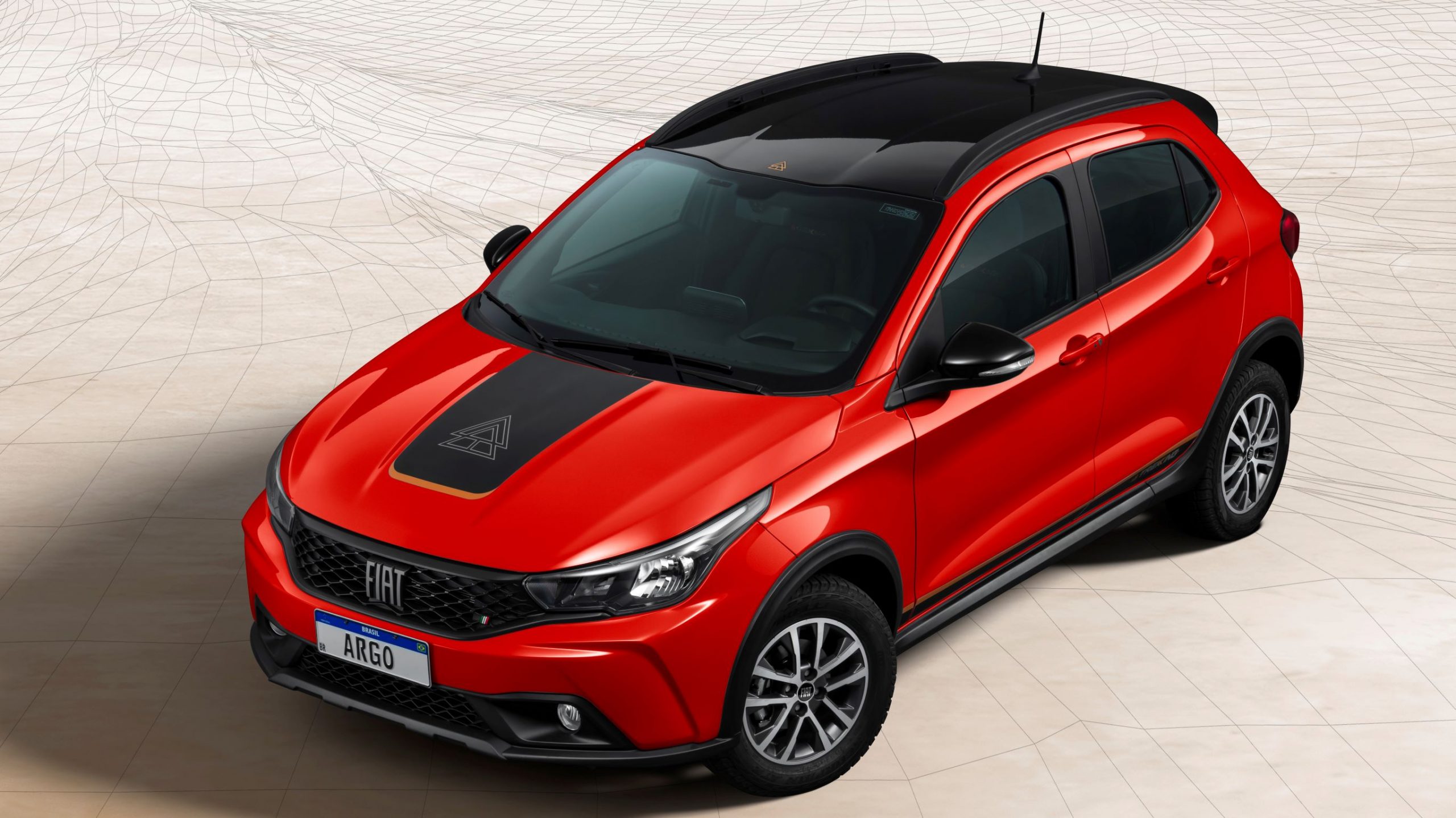
Fiat has always been one of my favorite automakers. The main reason is that it has always invested in the Brazilian market in a special way. Rather than simply manufacturing foreign projects in the country, it has made a real effort to understand Brazilians. Over time, that effort led to the creation of many unique cars of high success. Nowadays, the local branch has become practically an independent automaker.
Now, as beautiful as that strategy is, it is far from perfect. The Brazilian market had a heavy skew to low-cost cars for many years. Focusing on such a product implies a continuous need to comply with demands while keeping costs down. Although automakers try their best, there were times when their results did not turn out quite well. Fiat surely had its share of that, but it seems that those times are finally in the past.

Fiat’s facelifts before the Argo
The Palio is probably the most representative case. Its first generation had four facelifts in 15 years, all of them centered on front, end and dashboard. The car would receive better engines and new technologies, but the core project remained the same. The press repeatedly complained about its short internal space and low air vents. However, those flaws would only disappear in the new generation that came in 2011.

Things were not better for the few upscale models Fiat dared to sell in the region. Stilo, Bravo and Linea received tiny cosmetic tweaks to extend their life cycles. However, it was “too little, too late”; the changes made their age more apparent and made them lose prestige. In the latter’s example, Fiat took the license plate to the trunk lid and covered the old spot with unpainted plastic so as to keep the same bumper.
In short, Fiat had good intentions but was restricted by production costs. Those facelifts would bring only the minimum to reach the desired effect, so results were often negative. While such mistakes are common here and there, making that many was damaging Fiat’s image. The mergers with Chrysler and PSA helped the Italian maker a lot even in Brazil. It could review some standards and change its courses of action.
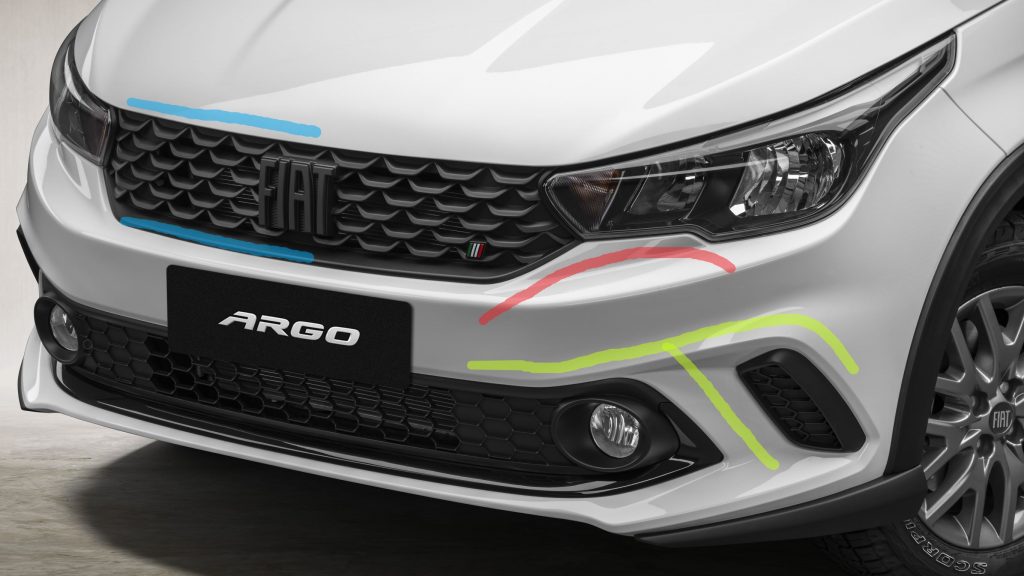
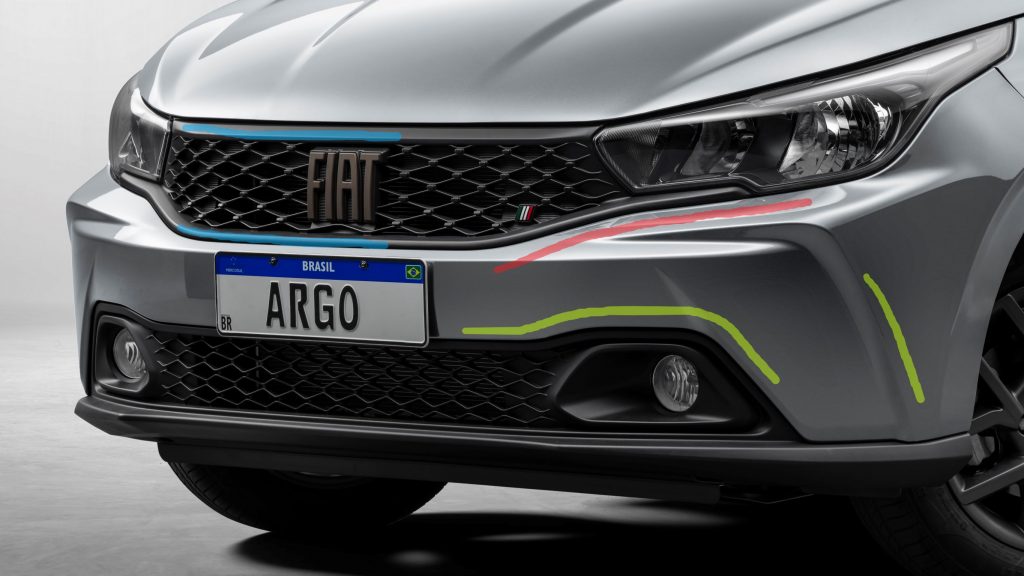
Why is the Argo’s facelift better?
Because of Fiat’s higher attention to detail. Check the markings on the photos above. The blue ones show thicker frames on the grille, which makes it more elegant. The lower frame now ends below the headlights as shown in red. Such a subtlety reshapes the whole section and makes it more fluid. In green, we see that Fiat deleted the extra air intakes and gave the fog lights a frame. The whole section now looks stronger.
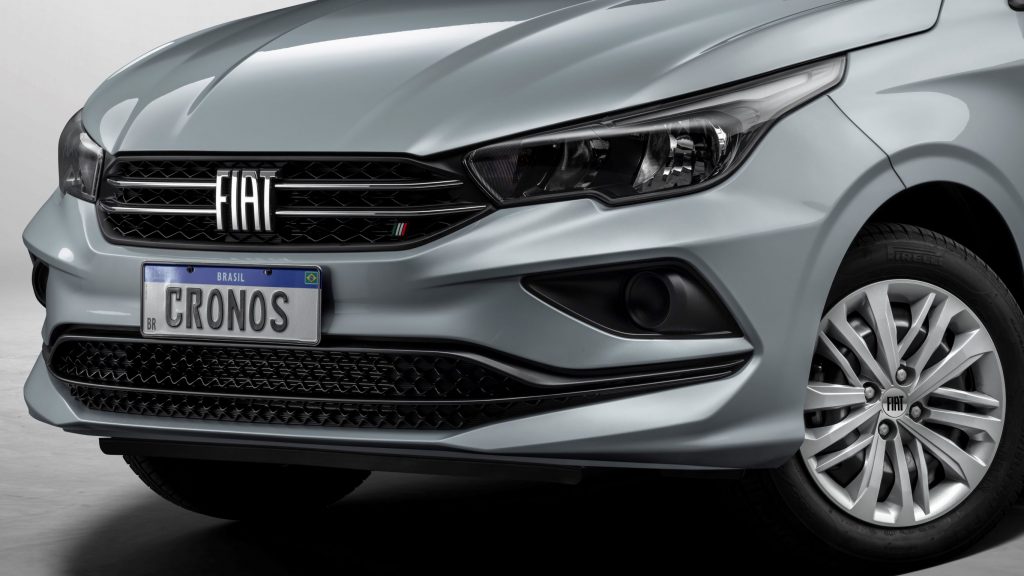
In the Cronos, the grille became wider within its frame and received a second slat. Fiat also brought a new steering wheel and reviewed the duo’s sales strategy. Now that it has engaged in the SUV obsession with the Pulse, that car took the compact segment’s upper portion. Argo and Cronos have lost the 1.8L engine and now focus on value-oriented drivers. At least for now, in the second half of their current life cycle.
Fiat’s skilled work has achieved an interesting result. They are the same cars as always, but catch our eyes on the street just like they did years ago. And once we actually observe them, the feeling is positive. Their facelift looks balanced and solid, rather than exaggerated. The maker has successfully avoided the worst that could happen in these operations: when the new parts look disconnected from the original ones.
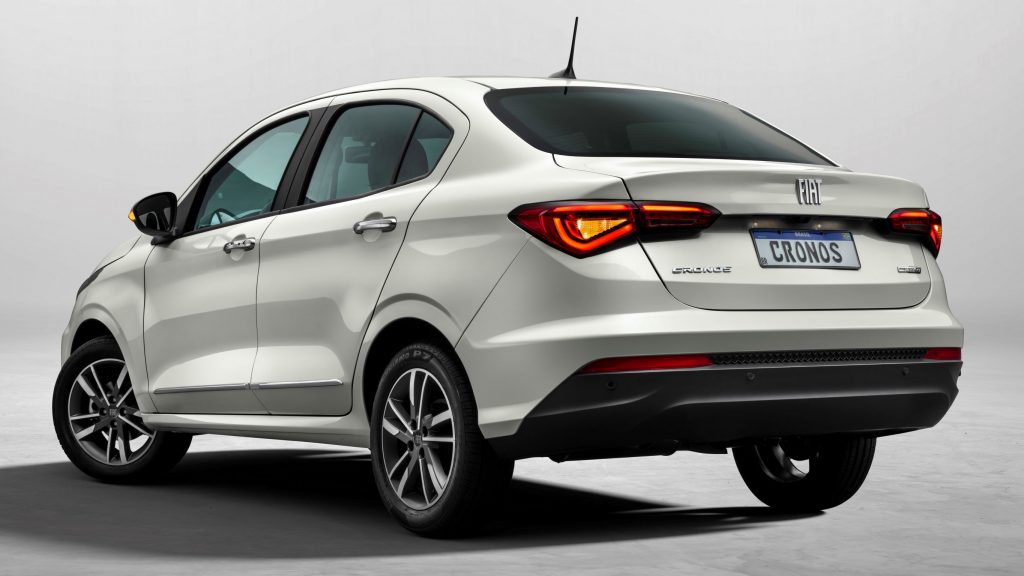
Has Fiat set a new standard?
We can say so, indeed. The Toro went through a facelift last year under the same guidelines and it yielded similar results. The truth is that car design has become more complex than ever. Automakers develop new cars with a complex identity where everything has deep connections. To make a facelift successful, either it has to be highly detailed and, therefore, expensive… Or skillfully restricted, as Fiat’s latest examples.

This new phase comes as part of the automaker’s effort to build itself a new image. Fiat wants to go away from low-cost cars to adopt an upscale image in the generalist market. Most of its cars do not bring profit margins high enough to justify frequent complete updates. Since it is necessary to facelift them at least once in each generation, the Italian maker is now making an effort to do its absolute best at that.
The 2023 Argo and Cronos show that Fiat’s Brazilian branch has overcome its era of clumsy facelifts. Now, the next model due for an update is the Mobi. Since this is a subcompact model of regional scope, it has even tighter restrictions when it comes to its production costs. Therefore, it will be more challenging for Fiat’s Brazilian branch to execute. Do you think it will be able to keep that newfound momentum?
Danillo Almeida has explored his passion for cars in two distinct ways. The first one is his graduation course in Mechanical Engineering, which will hopefully lead to a job position in the field. The other one is expressing his knowledge and opinions on the matter through writing. Almeida has already contributed to blogs, stores, and websites in general writing automotive content in many formats.



